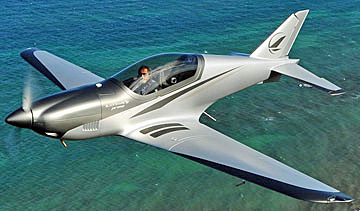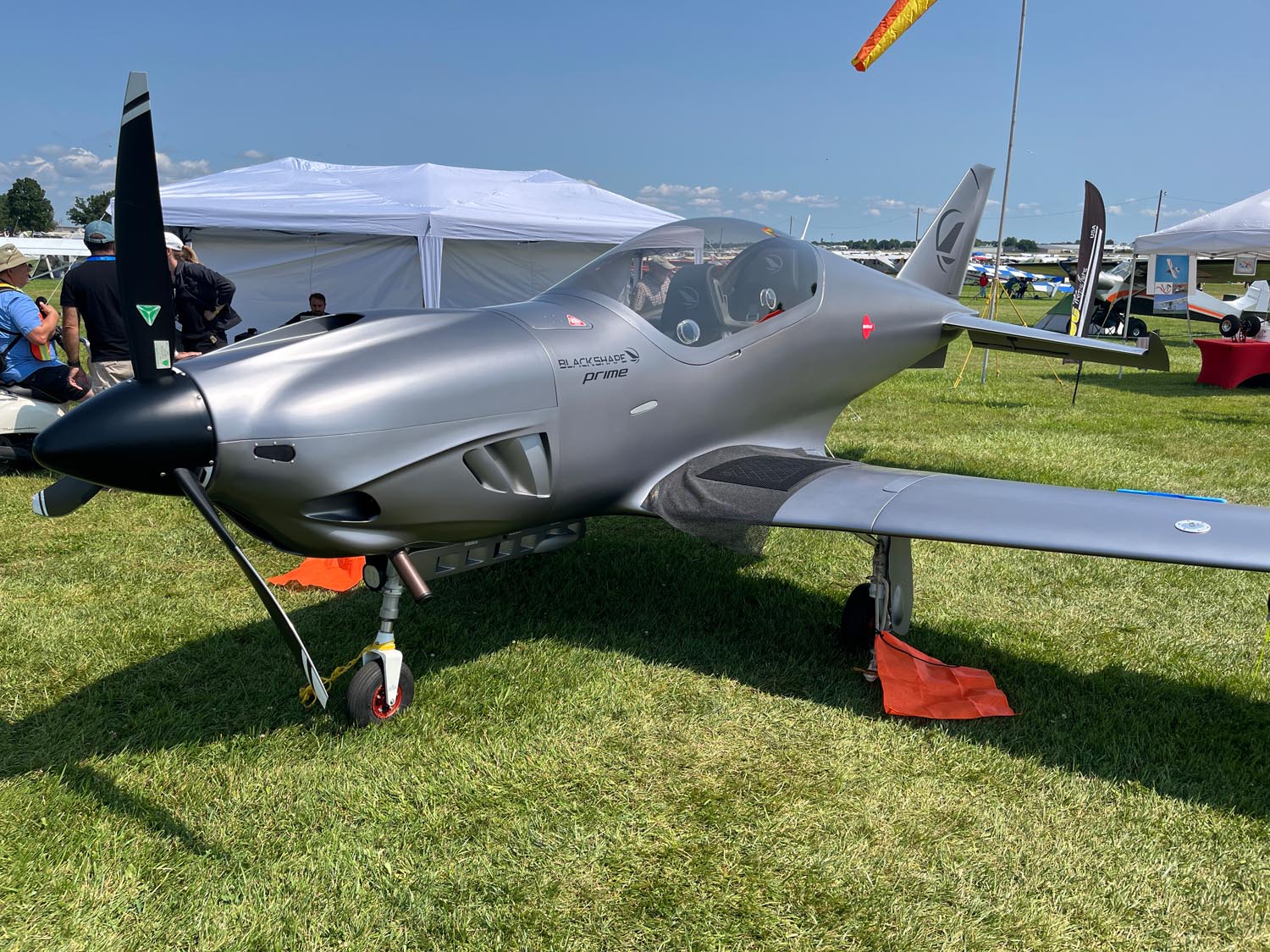
There are a lot of sexy looking airplanes displayed at AirVenture, but a sure front runner for sleekest looking plane around is the Prime Veloce all-composite, two-place tandem retractable sport plane from Monopoli, Italy. This little speedster is powered by a Rotax 915 iS and is listed as capable of a 170 knot cruise speed. It stalls at 45 knots with full flaps and 57 knots clean. There are about 70 Prime Veloce aircraft flying in the rest of the world and Blackshape Aircraft, out of Sheridan, Indiana, will be importing them to the U.S. They are hoping to market the Prime Veloce as a completed aircraft, counting on MOSAIC regulations to empower them to accomplish that task. This “mosaic-ready” aircraft will carry 26 gallons of fuel and should be capable of 1,650 feet per minute climb at maximum takeoff weight. Blackshape will list the aircraft, depending on configuration at about $330,000.


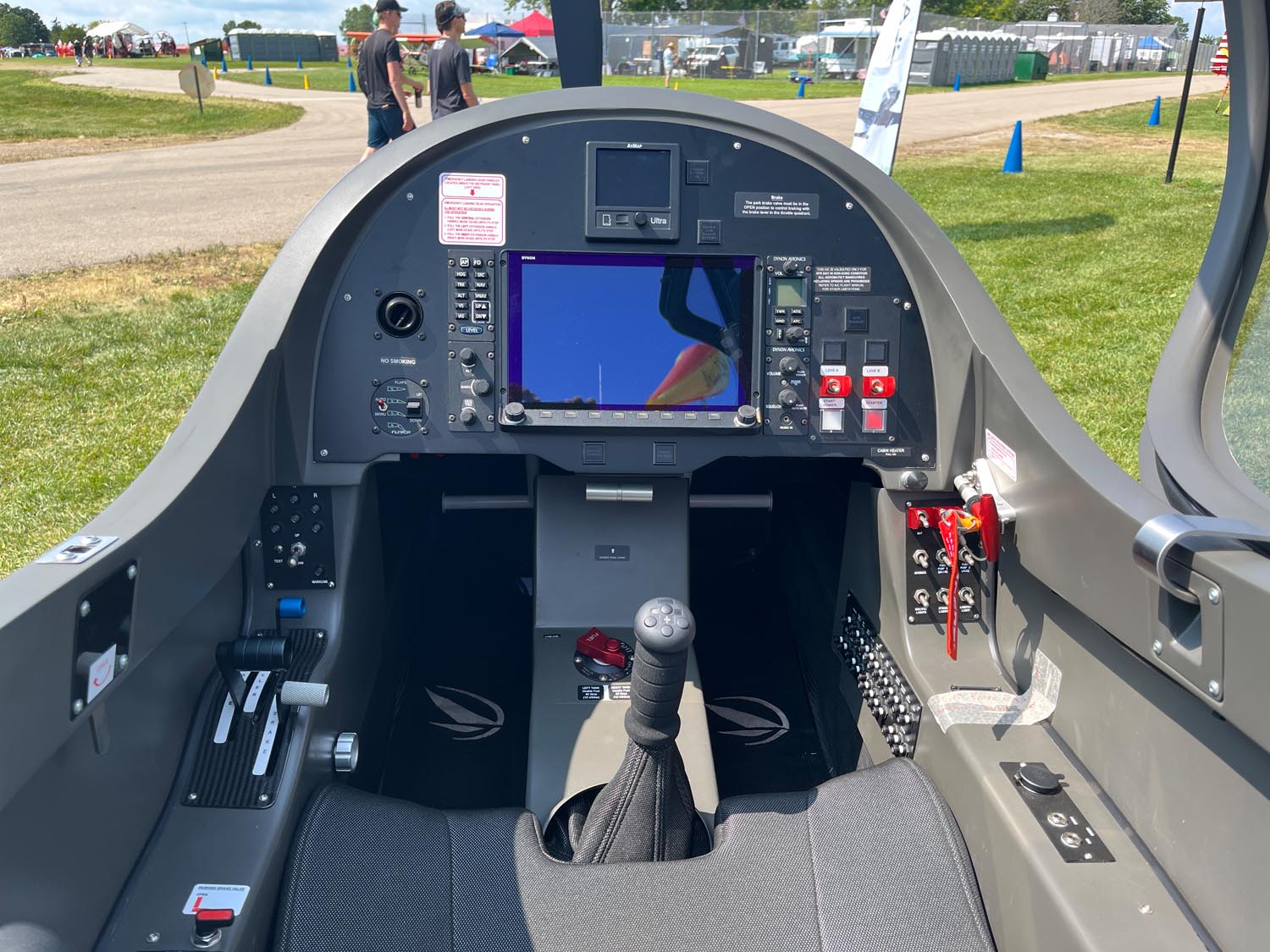
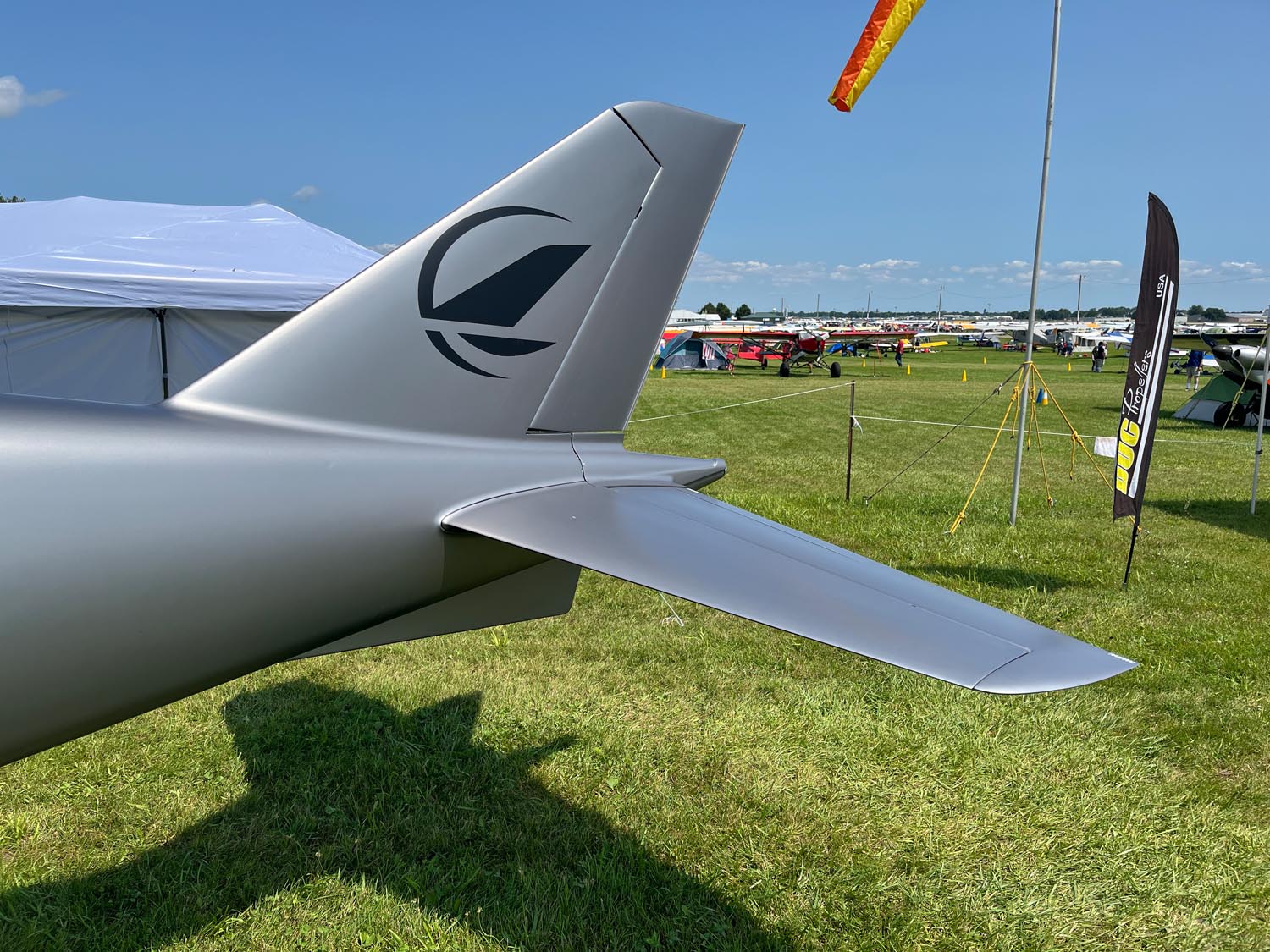
 Could 2020 bring a new description of aircraft under the LSA banner? Could this include greater capabilities and opportunities? Could you get the airplane you want for less? When?! Yes, yes, and yes …but probably not as soon as you want. The regulation may not emerge in 2020 but whatever the announcement date, what could be coming and how will it affect you?
We still have more to report from Sun 'n Fun and Aero 2019 — and we will! — but numerous conversations at each event have pointed to another topic of keen interest to many: "What's coming and when?"
Manufacturers of aircraft are among the most interested to hear more, but so are individual pilots and all the organizations and other enterprises that serve the recreational aircraft market. In this article, let's take a closer look. (More articles will follow.)
Could 2020 bring a new description of aircraft under the LSA banner? Could this include greater capabilities and opportunities? Could you get the airplane you want for less? When?! Yes, yes, and yes …but probably not as soon as you want. The regulation may not emerge in 2020 but whatever the announcement date, what could be coming and how will it affect you?
We still have more to report from Sun 'n Fun and Aero 2019 — and we will! — but numerous conversations at each event have pointed to another topic of keen interest to many: "What's coming and when?"
Manufacturers of aircraft are among the most interested to hear more, but so are individual pilots and all the organizations and other enterprises that serve the recreational aircraft market. In this article, let's take a closer look. (More articles will follow.)
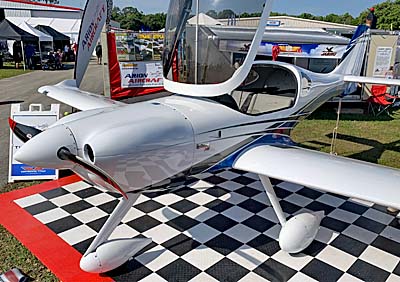
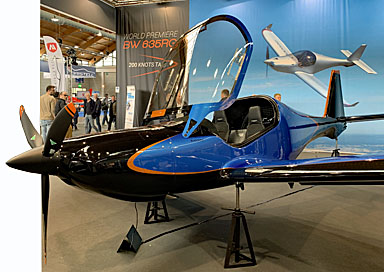
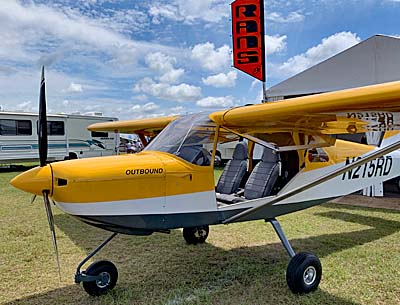
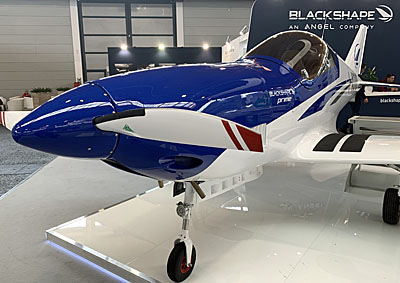
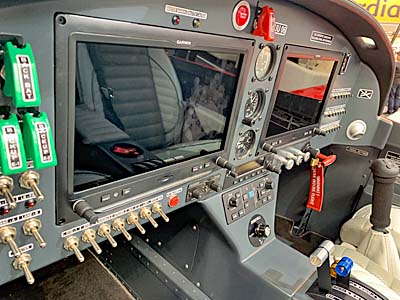
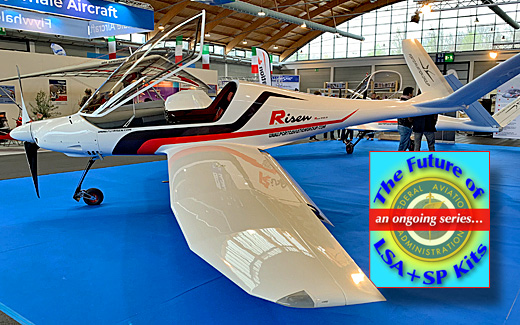
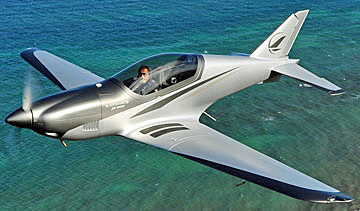 At Aero 2013 in Friedrichshafen, Germany, I was caught by the smooth, lean lines of an airplane called Prime by designer/producer
At Aero 2013 in Friedrichshafen, Germany, I was caught by the smooth, lean lines of an airplane called Prime by designer/producer 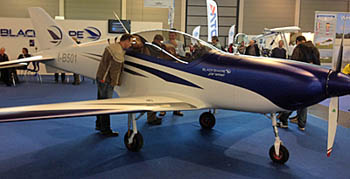 Blackshape's Prime will be distributed in North America by the Aircit Aviation-Aviasport partnership. The importer reported, "Prime delivers ... performance and economy for a very low operating cost. Using a complete suite of electronic equipment, the Prime redefines the standards for pleasure and efficiency by taking full advantage of the strength and light weight of carbon fiber. The well-known and respected Rotax 912 ULS engine contributes to the reliability and efficiency of operation of this futuristic aircraft." Standard equipment: retractable landing gear; digital instrumentation; variable pitch propeller; autopilot; survival [cockpit] cell; and ballistic parachute. Prime specs: VNE of 212 mph; cruise at 75% throttle up to 170 mph (and remember, this is claimed from just 100 horsepower); maximum takeoff weight 1,232 pounds (the original LSA weight before it was bumped to 1,320 pounds). With two fuel tanks totaling 29 gallons, range at cruising speed is reported at 688 statute miles. In economy mode at 140 mph, range increases past 1,000 stature miles. Takeoff and landing requires less than 500 feet on a paved or smooth natural surface.
Blackshape's Prime will be distributed in North America by the Aircit Aviation-Aviasport partnership. The importer reported, "Prime delivers ... performance and economy for a very low operating cost. Using a complete suite of electronic equipment, the Prime redefines the standards for pleasure and efficiency by taking full advantage of the strength and light weight of carbon fiber. The well-known and respected Rotax 912 ULS engine contributes to the reliability and efficiency of operation of this futuristic aircraft." Standard equipment: retractable landing gear; digital instrumentation; variable pitch propeller; autopilot; survival [cockpit] cell; and ballistic parachute. Prime specs: VNE of 212 mph; cruise at 75% throttle up to 170 mph (and remember, this is claimed from just 100 horsepower); maximum takeoff weight 1,232 pounds (the original LSA weight before it was bumped to 1,320 pounds). With two fuel tanks totaling 29 gallons, range at cruising speed is reported at 688 statute miles. In economy mode at 140 mph, range increases past 1,000 stature miles. Takeoff and landing requires less than 500 feet on a paved or smooth natural surface.
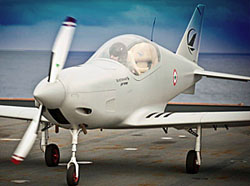 Developed and produced since 2011 by Blackshape SpA in Italy, Prime is now well known in Europe and the Middle-East. The importer claims the Italian Navy is working with Blackshape to develop a program using Prime aircraft to train its pilots for aircraft carrier operations. A more powerful version with Rotax's turbo 914 at 115 horsepower and 1,650 pound gross weight is reportedly in preparation for Canada and the United States. For more civil uses in North America — and for those who don't mind paying for the fetching shape, the Advanced Ultralight Aircraft (AULA) ready-to-fly version of Blackshape's Prime is available starting at about $242,000. Aircit Aviation-Aviasport's first model is expected in April at the Lachute, Quebec Airport, 40 minutes west of Montreal. The Italian manufacturer requires all Blackshape distributors to offer at least 10 hours of flight training in the Prime upon purchase.
Developed and produced since 2011 by Blackshape SpA in Italy, Prime is now well known in Europe and the Middle-East. The importer claims the Italian Navy is working with Blackshape to develop a program using Prime aircraft to train its pilots for aircraft carrier operations. A more powerful version with Rotax's turbo 914 at 115 horsepower and 1,650 pound gross weight is reportedly in preparation for Canada and the United States. For more civil uses in North America — and for those who don't mind paying for the fetching shape, the Advanced Ultralight Aircraft (AULA) ready-to-fly version of Blackshape's Prime is available starting at about $242,000. Aircit Aviation-Aviasport's first model is expected in April at the Lachute, Quebec Airport, 40 minutes west of Montreal. The Italian manufacturer requires all Blackshape distributors to offer at least 10 hours of flight training in the Prime upon purchase.